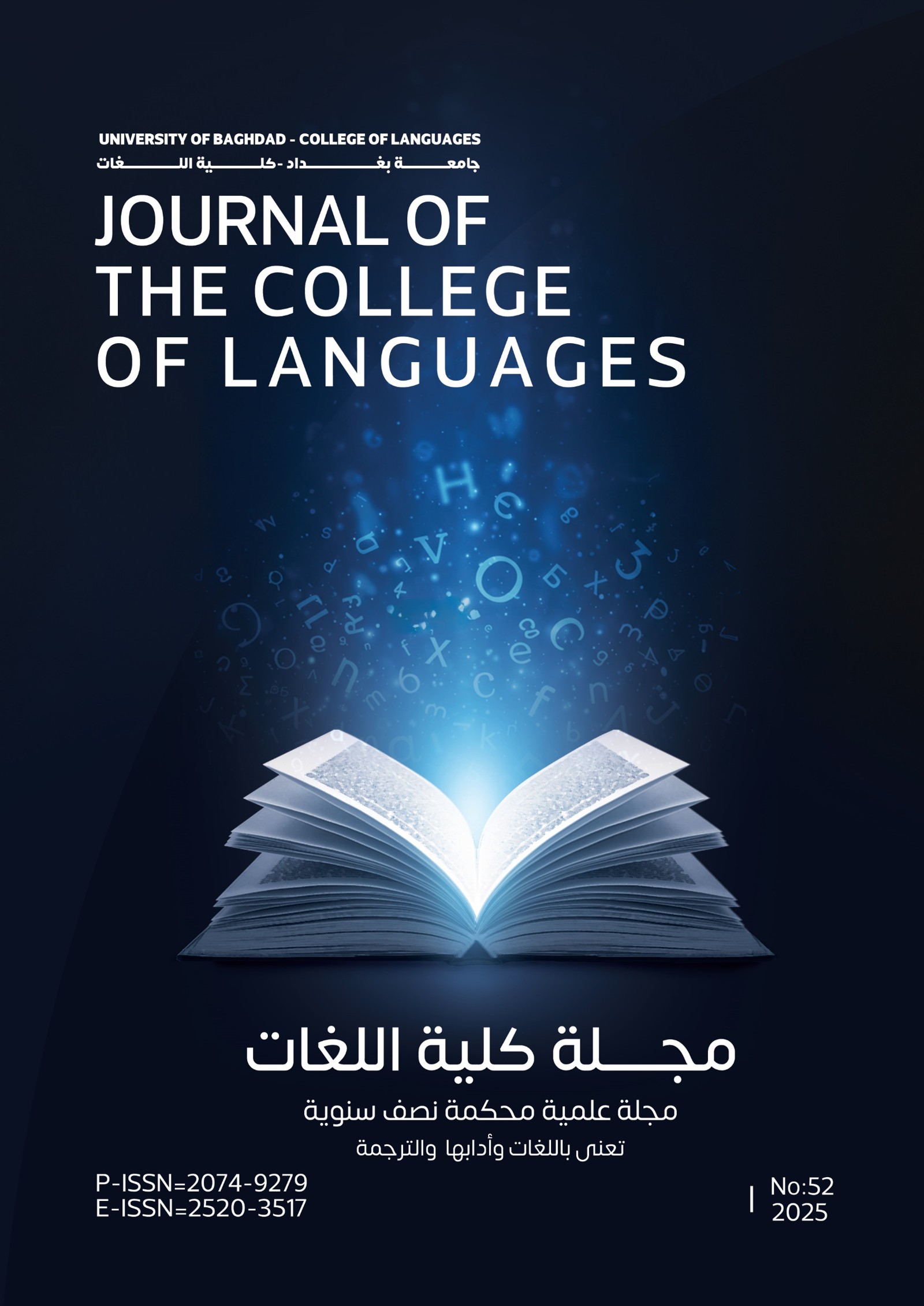TECHNIQES OF SURREALISM: A STUDY IN TWO NOVELS BY THOMAS PYNCHON, V. AND THE CRYING OF LOT 49
Abstract
Surrealism is a twentieth-century literary and artistic movement oriented toward the liberation of the mind. Surrealism is a reaction to the philosophy of rationalism which was believed to be the cause of the disaster of World War I. It emphasizes the expression of the imagination as revealed in dreams and presented without conscious control, the unexpected juxtapositions of objects, the withdrawal of the self, and the exploitation of chance effects.
Surrealism began in Paris in the early 1920s, as Europe emerged from the devastation of World War I. A group of writers, artists, and filmmakers, led by the poet André Breton, adopted the word surréaliste (meaning, roughly, "super-real") as a label for their artistic activities. Influenced in part by Sigmund Freud's psychoanalytic theories, the group explored the irrational, unsettling, and marvelous aspects of their surroundings and their own minds. By breaking free of rationality, they sought to create a "revolution in consciousness." One important strand of their ideals was the hope that surrealism could lead to social transformation and a world free of wars. The group met regularly in Paris during
82
the 1920s and 1930s and sponsored manifestoes, journals, performances, and exhibitions. European surrealist activity continued after World War II.







